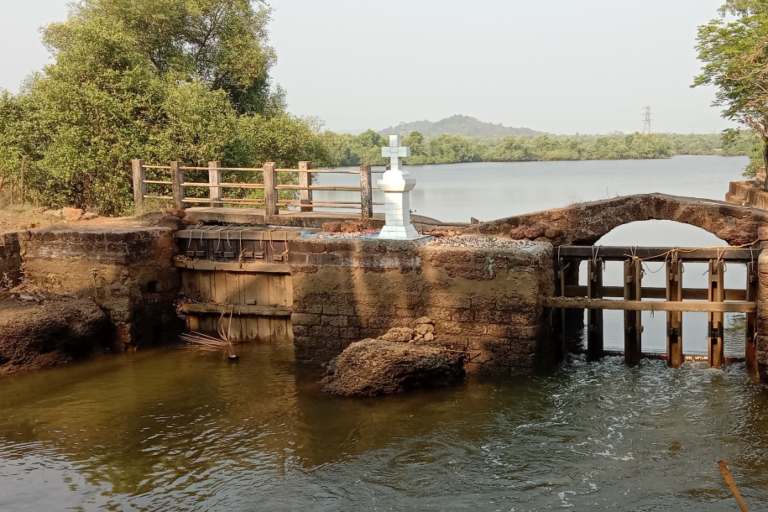The World Health Organisation recommended immunization schedule calls for four doses of Oral Polio Vaccine (OPV) to be given at birth and at 6, 10 and 14 weeks of age in polio-endemic countries like India. There should be an interval of at least four weeks between doses.
Routine immunization provides a basic level of immunity against polio. High routine immunization coverage also reduces the amount of circulating wild poliovirus, thus facilitating eradication.
As part of the supplementary immunization, two doses of OPV are administered to all children aged less than five years in the entire country on a national immunisation day. The two rounds are approximately a month apart. All children are immunized regardless of their prior immunization status.
What can be done to help someone newly struck by polio?
Seek immediate medical help. Deformities can be prevented in most children with polio with simple things such as exercises and thus help the child to grow and develop in the most normal way possible.
A good resource is WHO’s 60-page document entitled Guidelines for the Prevention of Deformities in Polio. It outlines how health workers can educate and help families of children with polio learn how to prevent paralysed limbs from becoming fixed in one position.
The guidelines are presented in five chapters. The first two explain how to recognize polio and how to care for the child during the different stages of the disease.
The third chapter, concerned with the effects of polio, explains both physical and social consequences, noting that attitudes and beliefs of families or communities may unnecessarily restrict a child’s activities.
The fourth and most extensive chapter provides step-by-step instructions for the prevention of specific deformities in specific age groups through the use of daily exercises, the proper positioning of the child, and the construction of splints. The construction of splints that can help the child stand and walk is also covered.
The final chapter provides tips on how to motivate, teach, and encourage the family to carry out the daily activities that are crucial to the child’s development.
A new group has been formed called `Global Alliance on Polio: Eradication to Rehabilitation’ to promote global action on enhancing the quality of life of people with polio. In its very early stages, the alliance at the moment comprises of four organizations – Post-Polio Health International, International, Society of Prosthetics and Orthotics, the Disability and Rehabilitation Team of the World Health Organization and Polio Survivors and Associates, a Rotarian Action Group.
Its main purposes is to reinforce global polio eradication programs; Strengthen polio rehabilitation programs; Facilitate strengthening of existing polio networks or create new ones; Facilitate collaboration between groups involved in eradication to rehabilitation; Exchange knowledge and information; and Promote the inclusion and equal rights of people with polio.
The global total of polio cases in 2006 is 1500 compared to 1441 cases during the same period in 2005. We have come a long way from 350,000 cases in 1988. In the four endemic countries – India, Pakistan, Afghanistan and Nigeria — the cases totalled 1393 in 2006 as compared to 593 in 2005.
What must parents do?
Immunise your child, prevent polio as there is no cure for it anywhere in the world. Polio is a highly infectious disease caused by a virus that mainly affects children under five years of age. It invades the nervous system and can lead to paralysis. The virus enters the body through the mouth and multiplies in the intestine.
Seek medical help and recognise the disease. Initial symptoms are fever, fatigue, headache, vomiting, and stiffness in the neck and pain in the limbs.
Strengthen your child’s immune system by giving him a balanced healthy diet, rich in fibre, vitamins and nutrients. Basic health and hygiene is very important to your child’s development.
Form a network of parents with polio-affected children. Meet regularly to exchange knowledge and information on latest research, orthotists, physiotherapists, hydrotherapists in your suburb or city.
Treat your child normally. Send him to school, encourage him to participate in play and other social and cultural activities. Sympathising or doing all the errands for your child will prevent him from growing into a confident and independent young person. Your goal should be to facilitate movement so the child can participate in family life and educational opportunities.
Modify your home to increase mobility and accessibility. For example, do away with stairs where possible, provide proper rails in bathrooms, get a mobility chair and do everything possible to make life easier for your physically challenged child.
Make sure your child has a comfortable calliper (brace) at all times. Consult your orthotist on a regular basis. As children age, sometimes surgery is needed. Post surgical care, rehabilitation and a continual watch on the calliper is very important. Children outgrow their callipers very quickly and if it is uncomfortable, discard them thereby losing the benefit of the surgery and the bracing.
What must India do for polio and post-polio patients?
Public Health agencies must stringently carry out vaccination campaigns. If we have to rid the world of polio, high-level of vaccine coverage is essential.
The country needs an Indians with Disabilities Act, which will help enable the disabled and provide for an inclusive society, where people with disabilities will have equal rights and opportunities to enjoy a good quality of life.
Public places should be made more accessible to the physically challenged.
Educational Institutions and workplaces should be made disabled-friendly.
Encourage mobility by reserving spaces for the disabled on public transport.
Invest in research and design of low-cost prostheses, orthoses and developmental aids appropriate for our cultural setting.
Create awareness about post polio syndrome and extend every possible help to this aging population of polio survivors, who are grappling with new disabilities.
© Copyright Neena Bhandari. All rights reserved. Republication, copying or using information or photographs from neenabhandari.com content is expressly prohibited without the permission of the writer and the media outlet syndicating or publishing the article.

